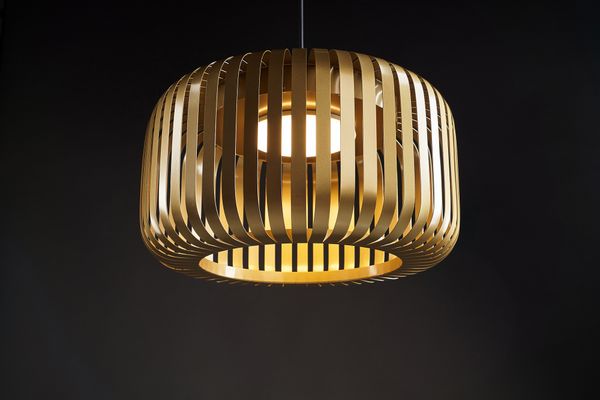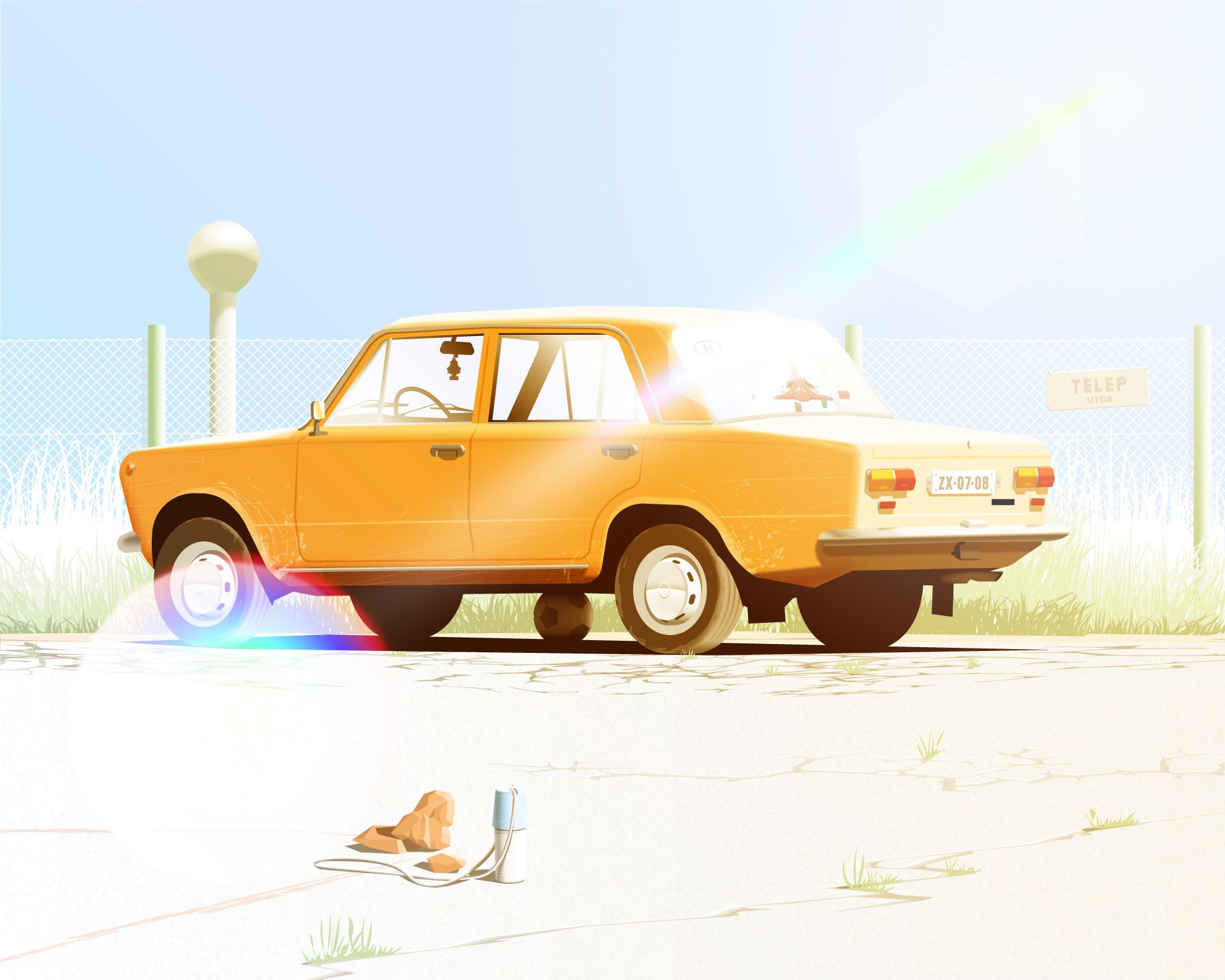Scenes, phenomena or objects evocative of the recent past, on illustrations with a somewhat ironic, humorous yet objective vibe, in simple compositions, connecting us with our own memories in a sensitive and thought-provoking manner. Kristóf Murányi has been creating his unique illustrations for more than ten years. Interview!
You graduated as a graphic designer from Moholy-Nagy University of Art and Design (University of Applied Arts at the time) in 2004, and started working in the field of applied graphic design a bit later. When did you feel that you also wanted to start a creative career?
I never chose between the two paths. Gyula Molnár, a former professor of mine and head of department at the university used to say that we should enjoy our university years because our free will and self-expression will not prevail later on, provided we remain on this field. Finally several of my classmates chose the creative path after a few years in applied design. This is not true for me: I am just going on two parallel paths, which we could also call a creative career.
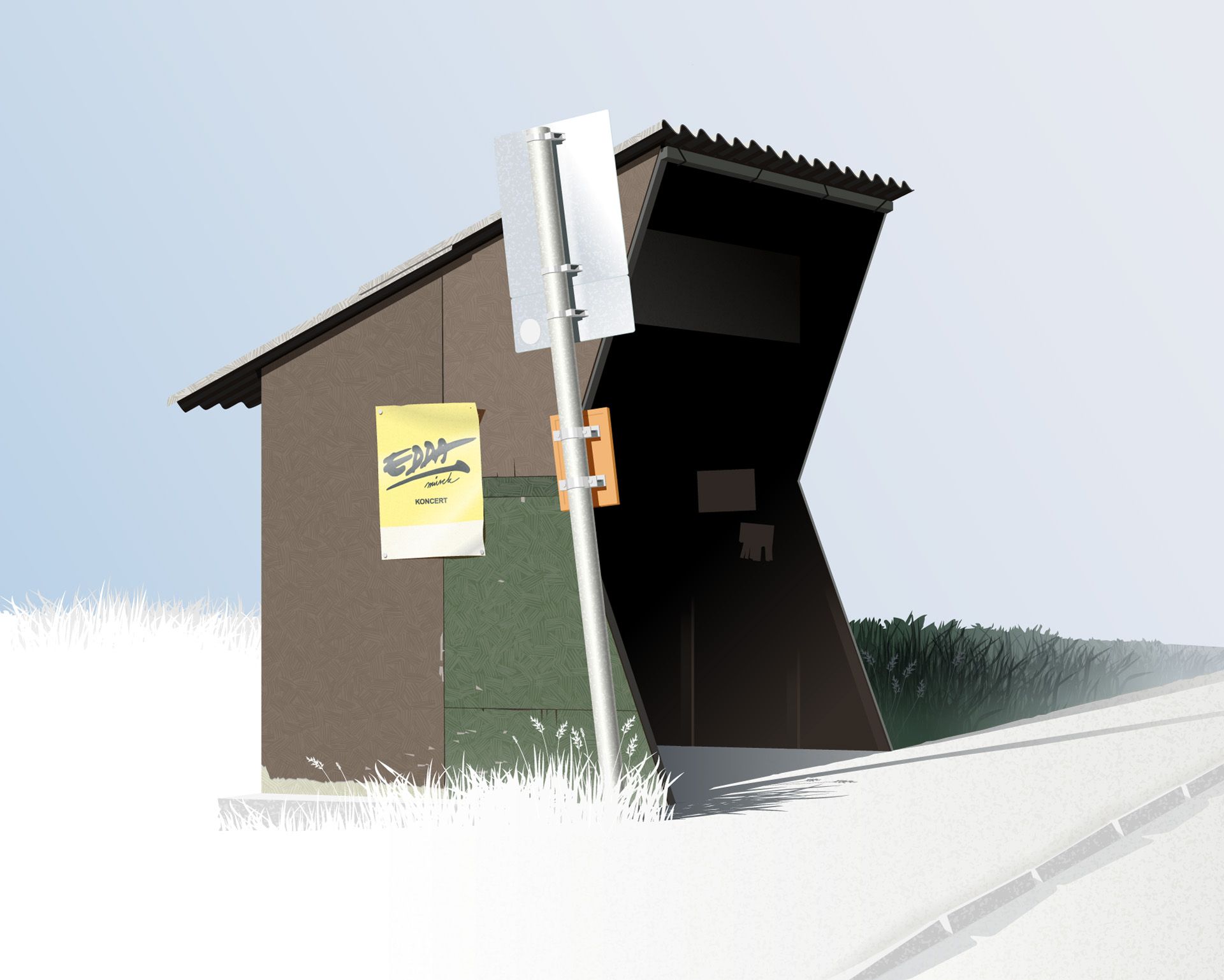
Your works feature objects evoking the past that always carry some kind of extra meaning for the Hungarian audience. You mentioned in one of your interviews that you don’t like it if your works are labelled as ‘retro’: how would you describe your perspective and visual world?
I have problems with the layers of meaning associated to the word retro over time: the past we long for, the past that grows better over time, the past that has lost reality. I don’t think my works are so schematic and shallow, or at least I don’t intend them to be.
I am primarily interested in phenomenon that start in the past, but influence the present. I had an exhibition in Pécs a few years ago, with the title Imperfektum – folyamatos múlt (Imperfectum – Continuous Past). This is, perhaps, also suitable for self-definition.
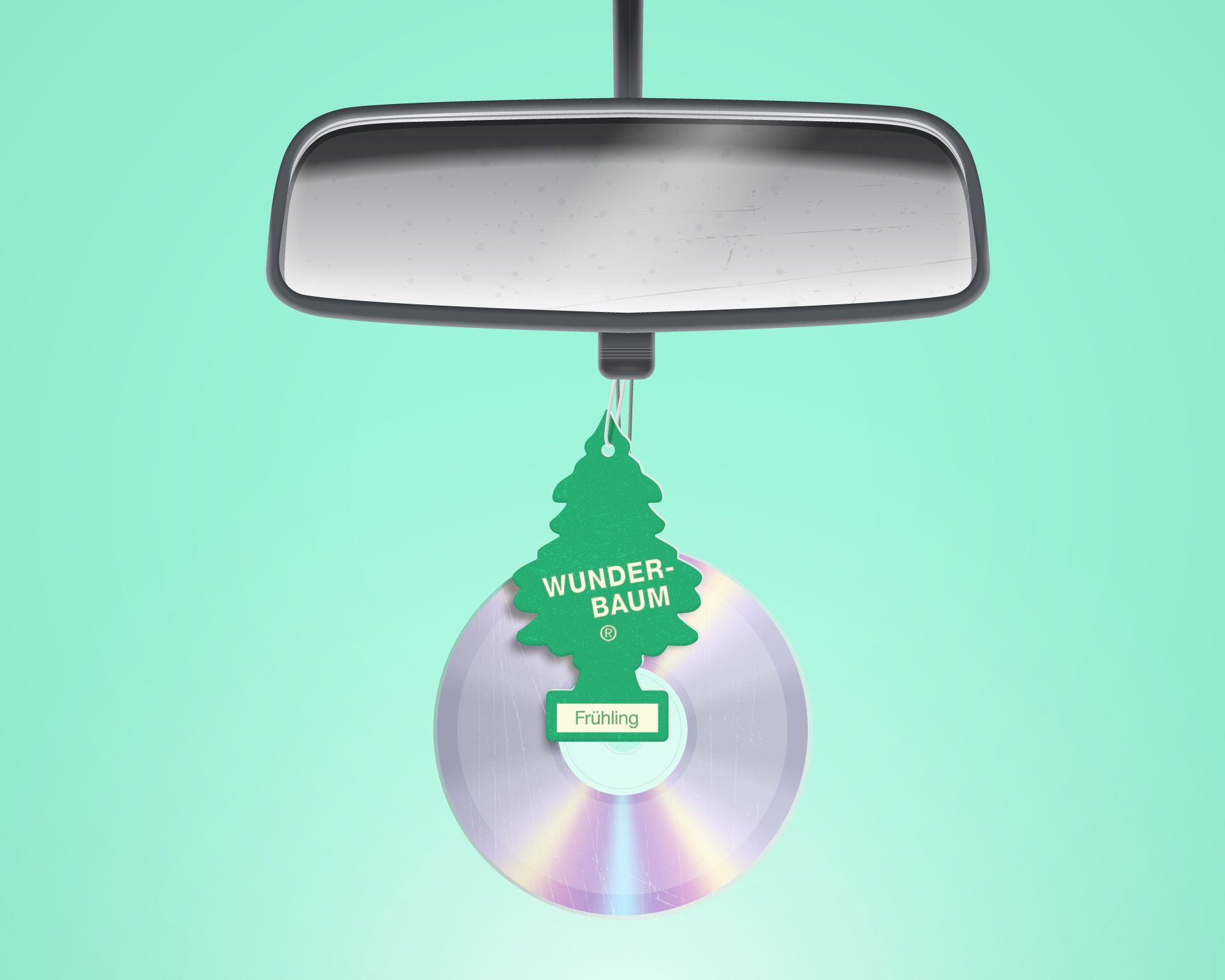
A Nokia phone repaired with colorful duct tape or a rear-view mirror in the window of a condominium, the list could go on. What scenes, phenomena or objects inspire you and to what extent are these related to your own memories?
They are absolutely personal, of course. I am inspired by phenomena that seem unusual or out of place at first glance, but which are quite logical when you give it a second though. This kind of recycling and the underlying idea seems like a very sympathetic mindset to me: it goes against the disposable culture – and we need that big time right now.

What is your work process, what are the various phases a given work goes through?
Let’s take the “rear-view mirror” image as an example, which is titled Őrségben. Many times I come across these re-discoveries while walking – in this case, too. In Óbuda, but in many other places, too, entry phones were replaced by these mirror solutions. The person standing at the door can be viewed easily from the window without losing one’s incognito, but it is also suitable for “lurking” all day – all you need is a Trabant or an Ikarus mirror.

I memorize these phenomena well, and then I look for the time to implement them. Of course the idea keeps evolving in my mind, I look for the typical accessories, the composition, style, everything that is related. In this case, nearly a year went by until I finally drew it. During drawing, I try to look for as authentic images as possible, which almost qualifies as a research, as the pictures relevant for my work are not overrepresented on the internet.
As an artist represented by MyMuseum, the audience could already see your works at several group or solo exhibitions – when can we expect the next one?
I had my last group exhibition with Dóri Lázár and Ervin Békési in the exhibition space of MyMuseum, under the title Tupperware régen és most (Tupperware Now and Then). Currently no new exhibitions are planned, but I am open for possibilities.
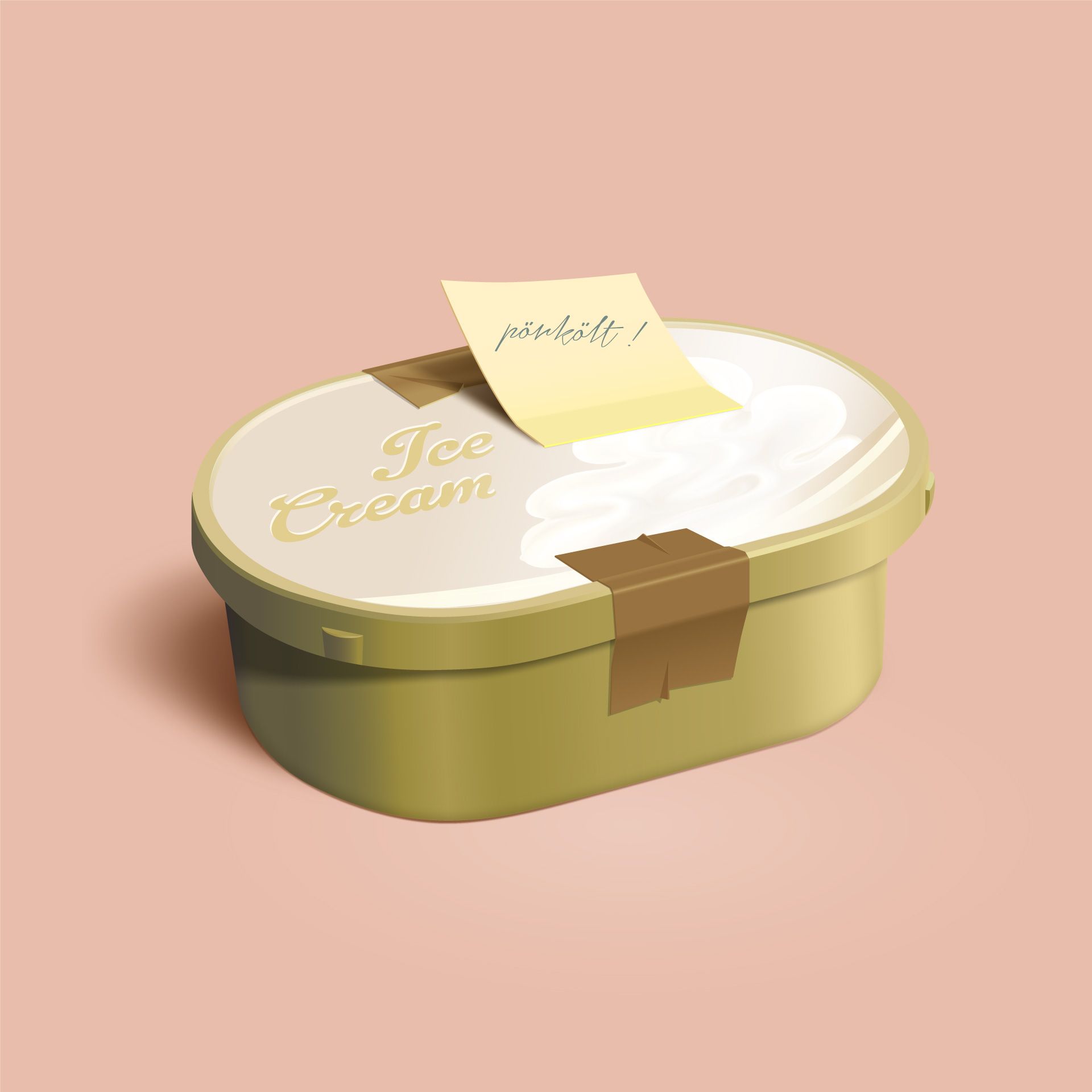
What plans do you have for the future: will we be seeing more nostalgic works from you, or do you wish to experiment with a new concept?
I have other plans up my sleeve, but of course this does not mean I will not start something completely new. Nevertheless I don’t deliberately plan to change my concept, it will change on its own if need be. I have shifts both within the topic and the style, without leaving my main concept. My last works are like this, as well, less detailed and more loud in colors: perhaps they can be viewed as a sort of experiment.
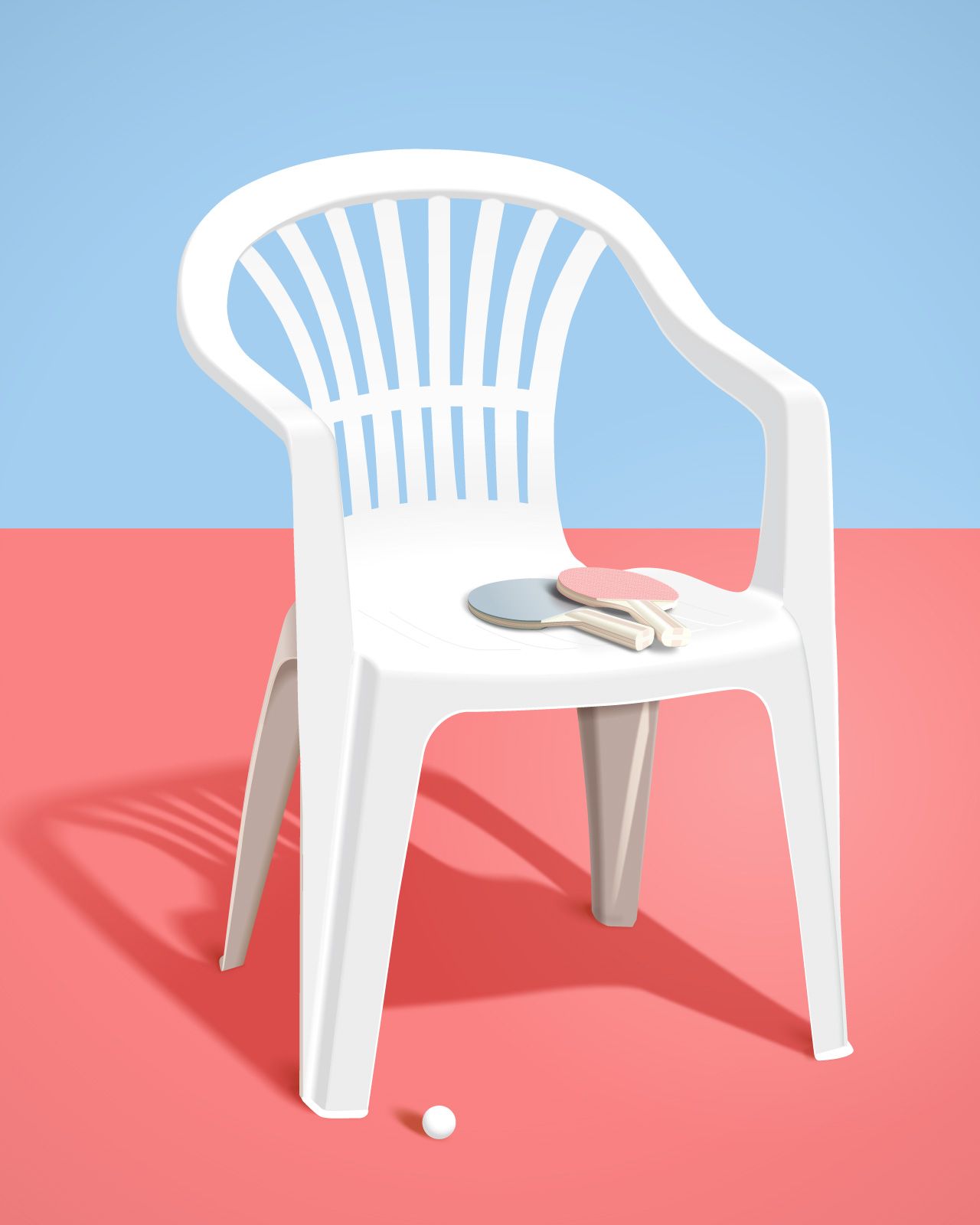
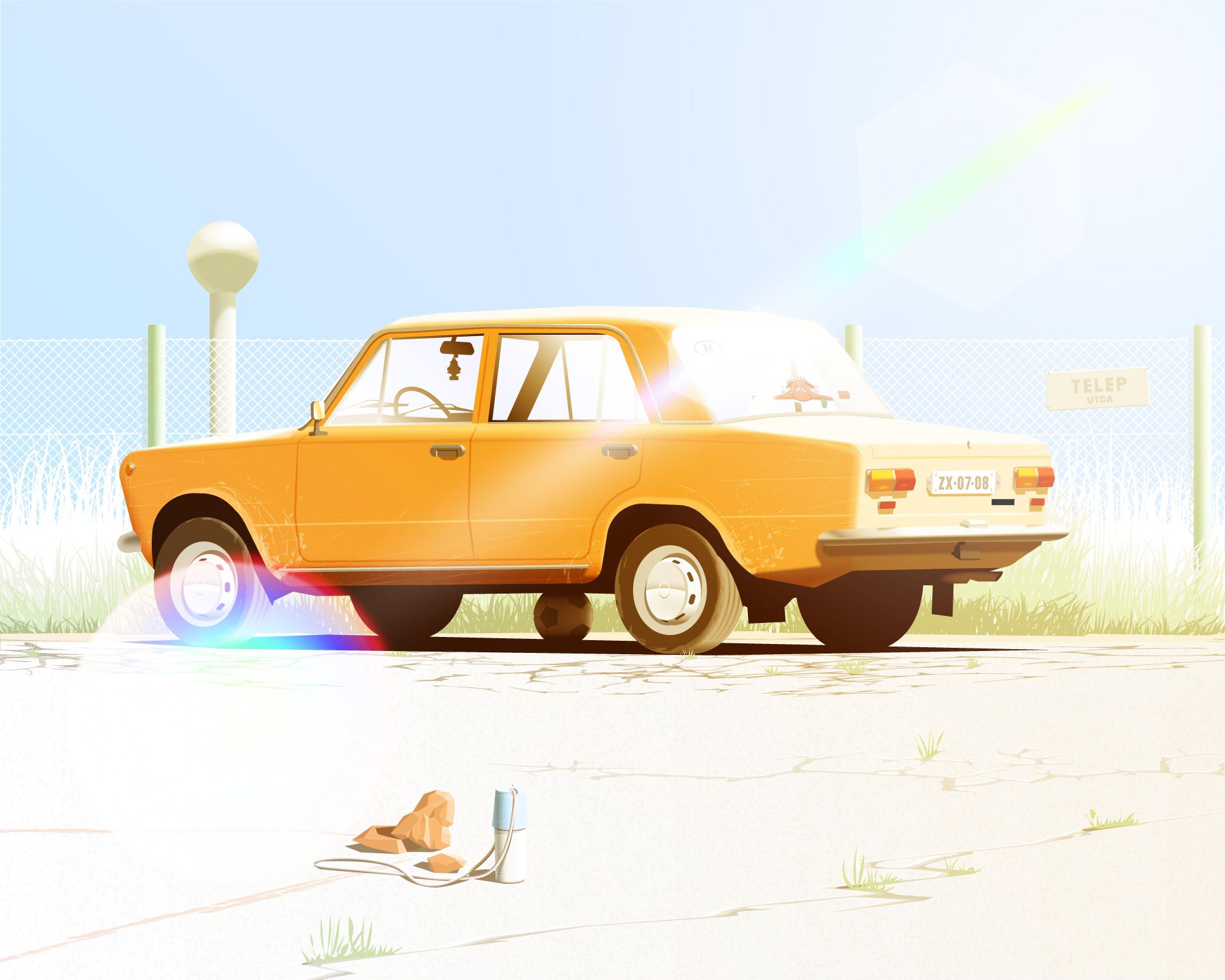
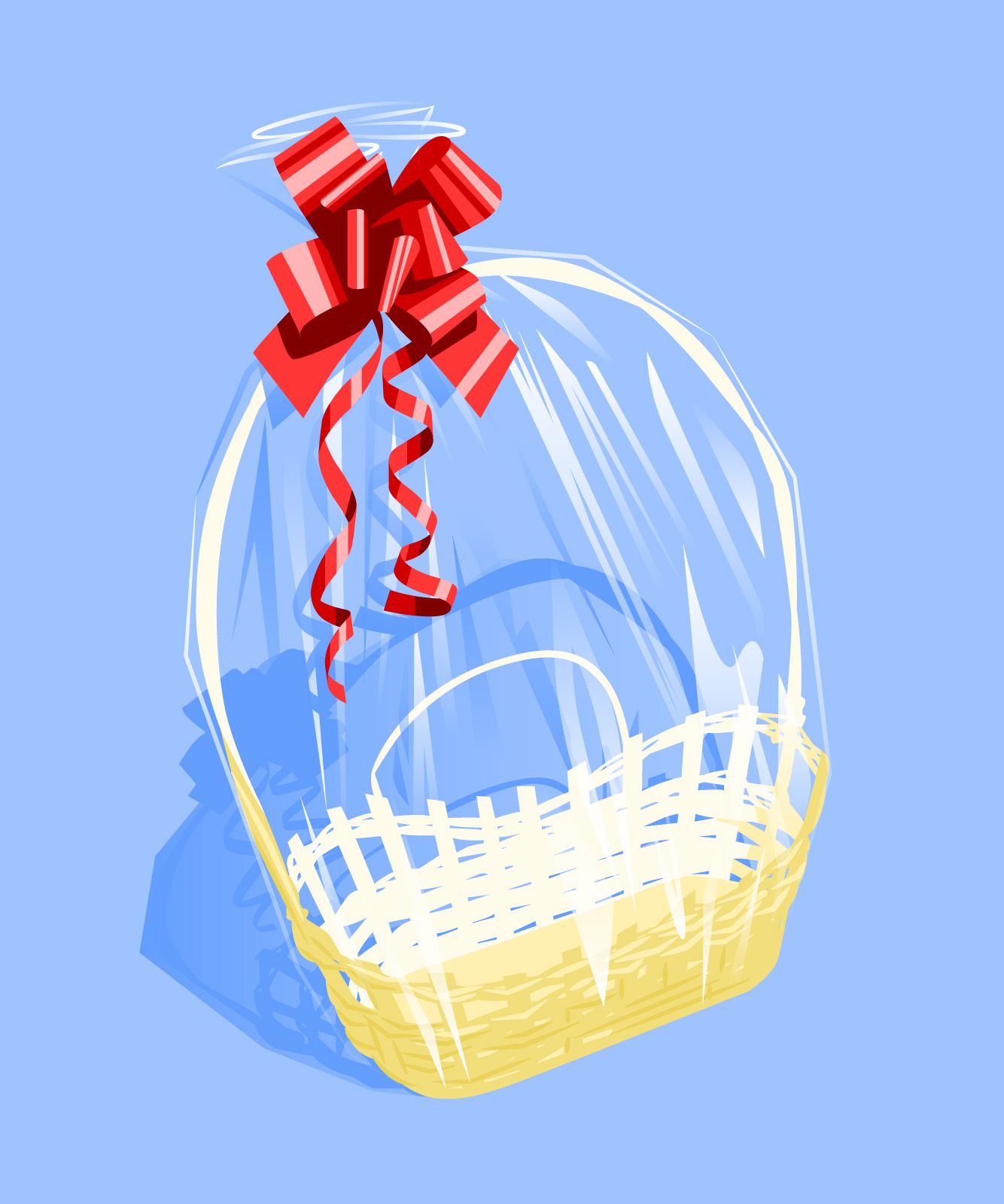
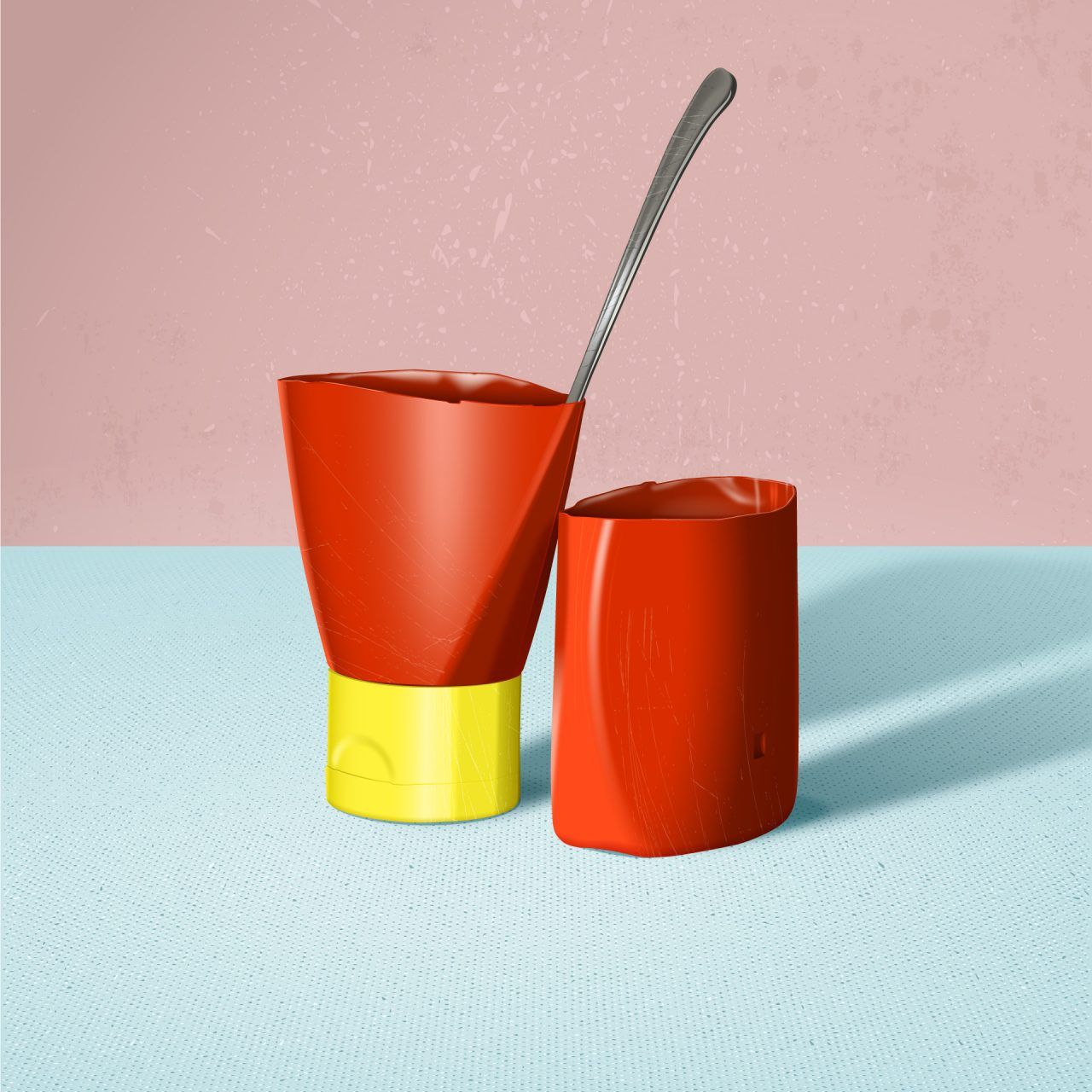
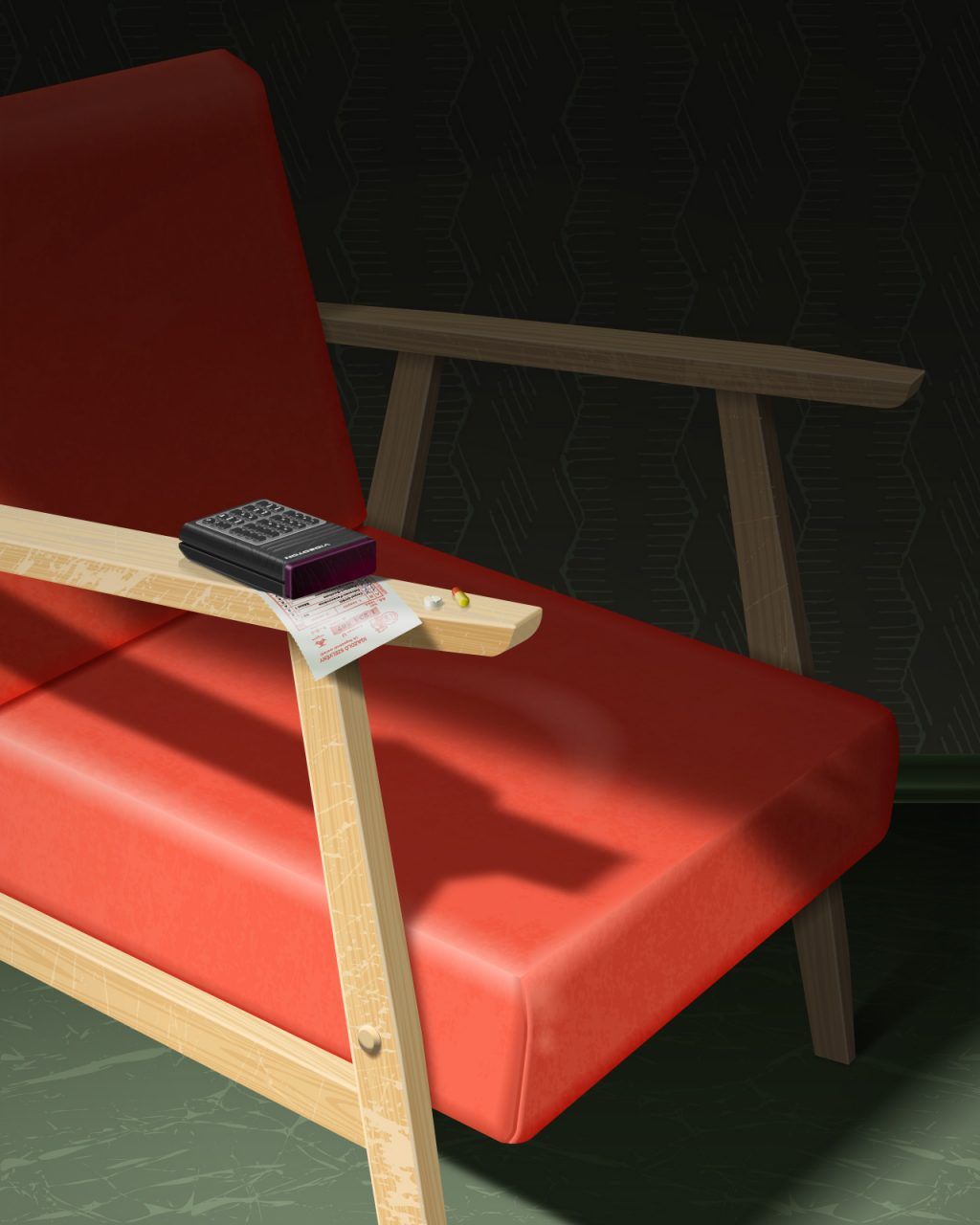
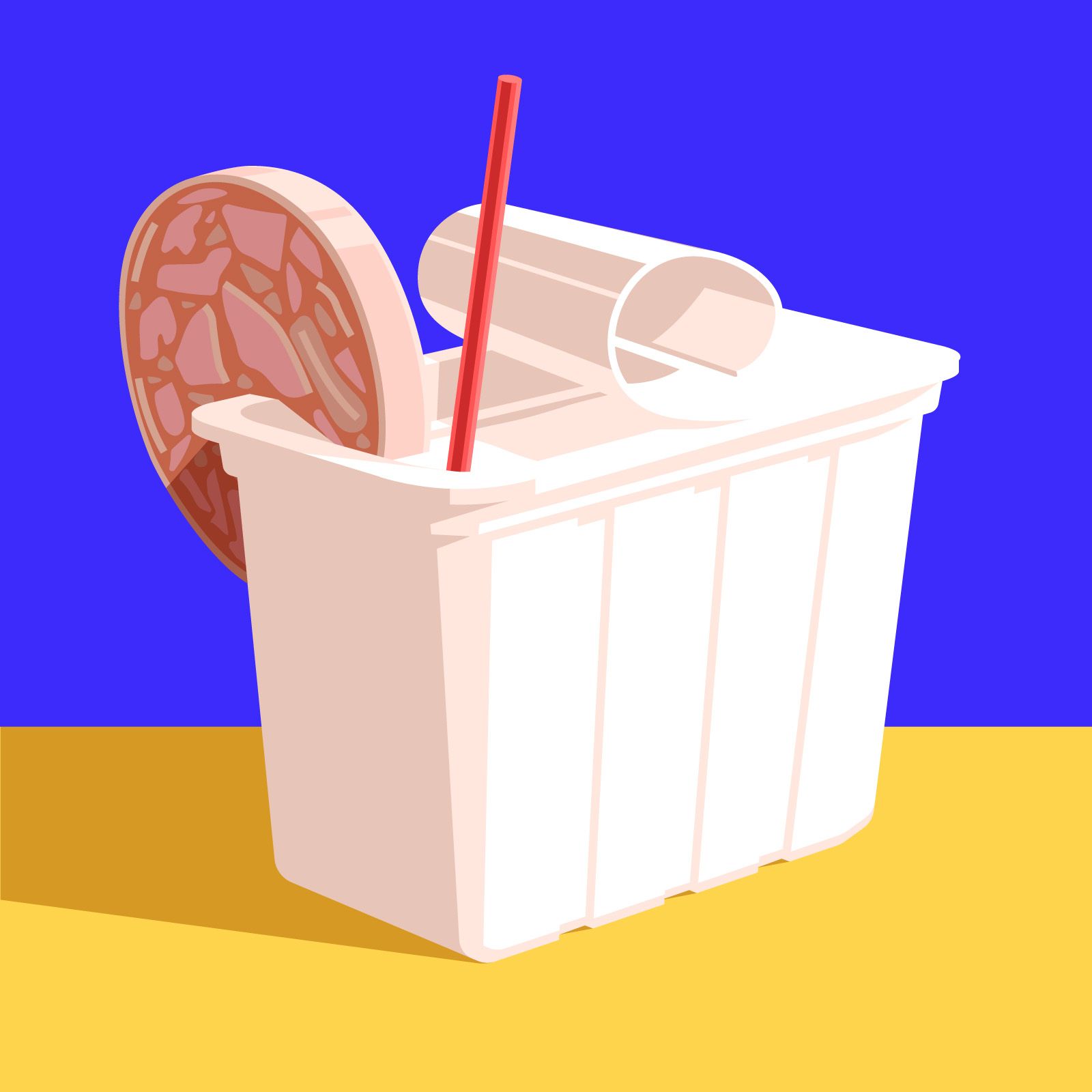
Go and explore Kristóf’s works on his website!

Material experiments in the spirit of sustainability | Greenwerk
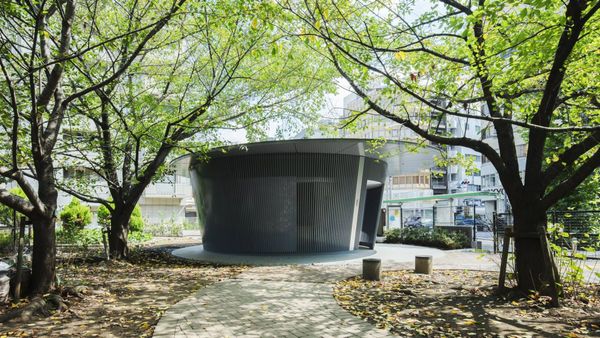
From public toilet to work of art | Tadao Ando
